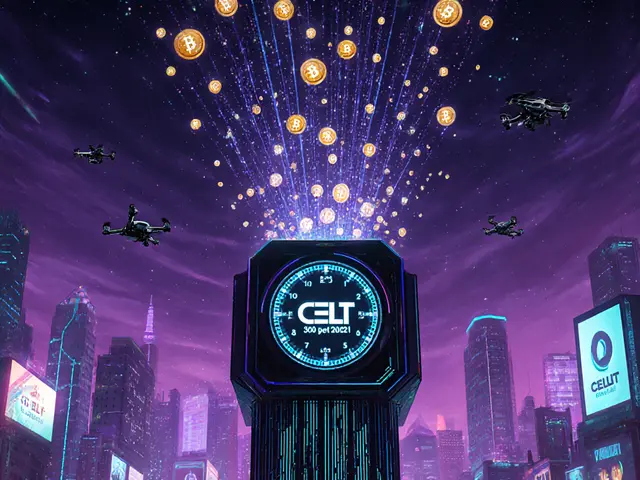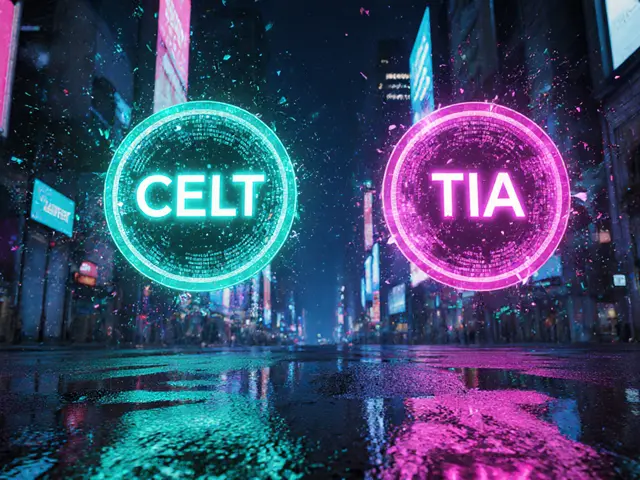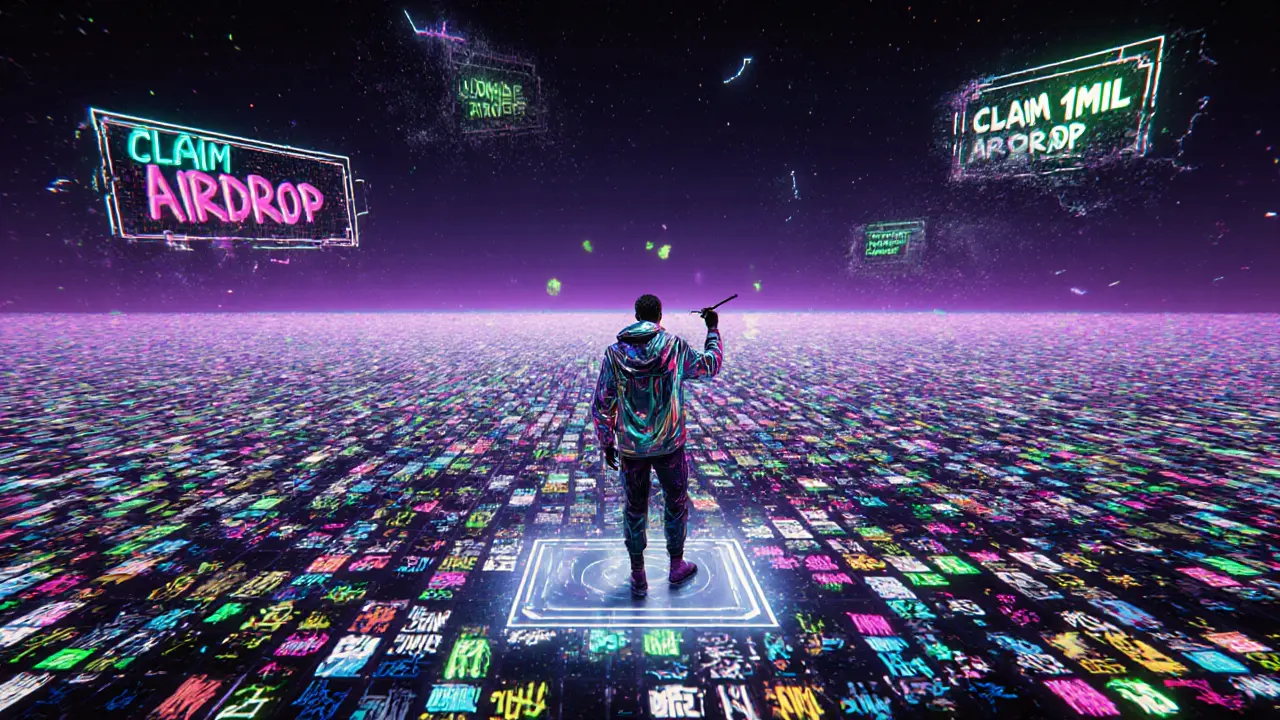NFT Airdrop 2025: How to Find Legit Drops and Avoid Scams
When you hear NFT airdrop, a free distribution of non-fungible tokens to wallet holders, often to grow a community or launch a new project. Also known as crypto airdrop, it's one of the most popular ways new NFT projects get users—but it's also one of the easiest ways to get scammed. In 2025, real NFT airdrops are still happening, but they’re harder to find because fake ones have flooded the space. You won’t get rich from a single drop, but a legit one can give you early access to a project with real utility—like a game, a collectible, or a membership pass that unlocks future rewards.
Most real NFT airdrops are tied to NFT project, a blockchain-based collection with a clear purpose, team, and roadmap. They don’t ask for your private key. They don’t send you a link to "claim" from a random website. They don’t promise 100x returns. Legit drops usually require you to hold a specific NFT, follow their Twitter, join their Discord, or complete a simple task like signing up for their newsletter. Projects like those on Ethereum, Solana, or Polygon are more likely to run real airdrops because they have active communities and verified teams. On the other hand, scam airdrops often copy names from big projects—like "Bored Ape Airdrop 2025"—but have no connection to the real team. They use fake websites, fake Twitter accounts, and fake Telegram groups to trick you into connecting your wallet and stealing your assets.
Another key player in this space is the blockchain airdrop, a token distribution that happens on a specific blockchain network, often to reward early adopters or test users. These are usually tied to new chains or upgrades. For example, if a new Layer 2 solution launches in 2025, they might airdrop tokens to users who interacted with their testnet. These aren’t always NFTs—they can be tokens—but they often come with NFTs as part of the reward package. The best way to spot these is to follow official project blogs and verified social accounts. Never trust a DM. Never click a link sent to you. Always go to the project’s website directly.
By 2025, the bar for trust has risen. Communities are smarter. Tools like Token Sniffer and NFTSniffer help flag fake contracts. But your best defense is still your own judgment. If it sounds too good to be true, it is. If the project has no whitepaper, no team photos, and no GitHub activity, walk away. Real NFT airdrops in 2025 aren’t about free money—they’re about early access, community building, and shared ownership. Below, you’ll find real cases, step-by-step guides, and red flags from the latest drops—so you know exactly what to look for, and what to avoid.




